1970 Plymouth "Superbird"
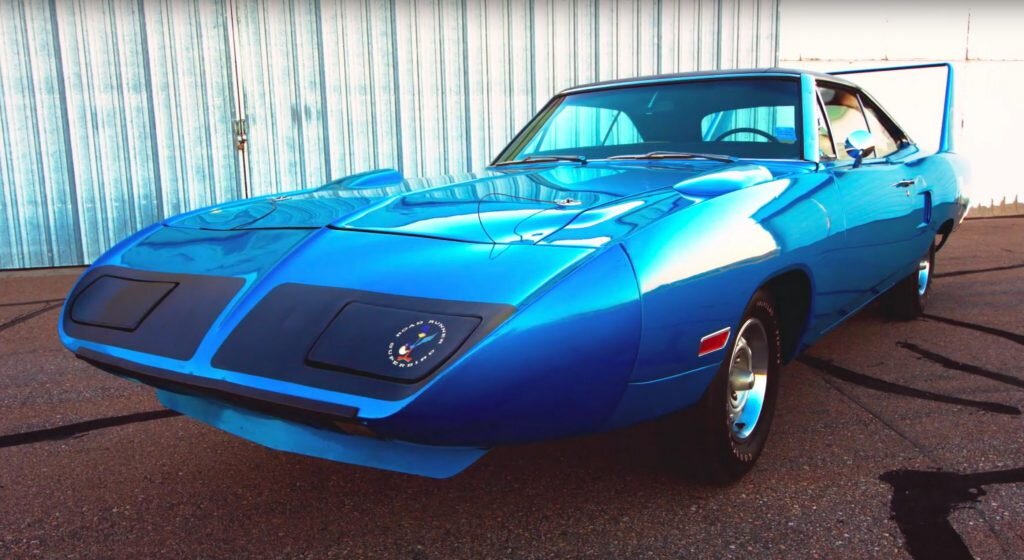
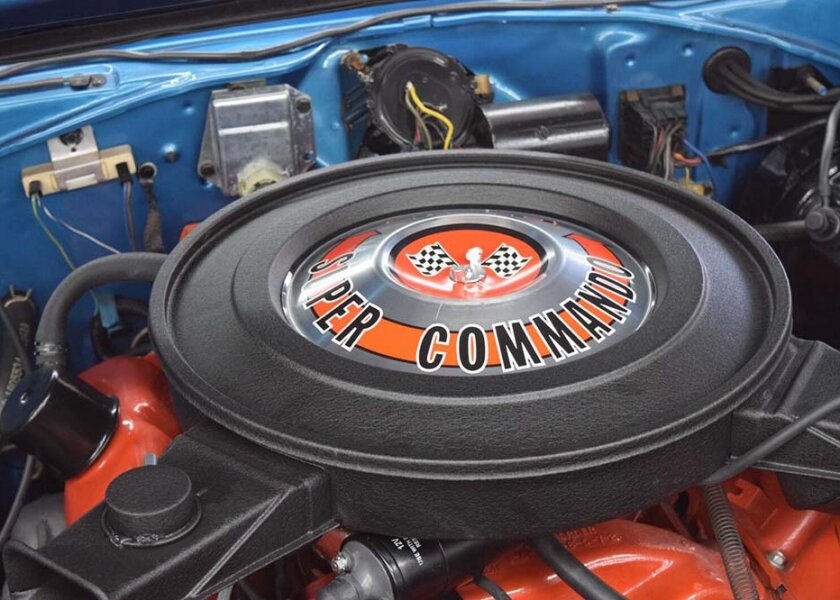
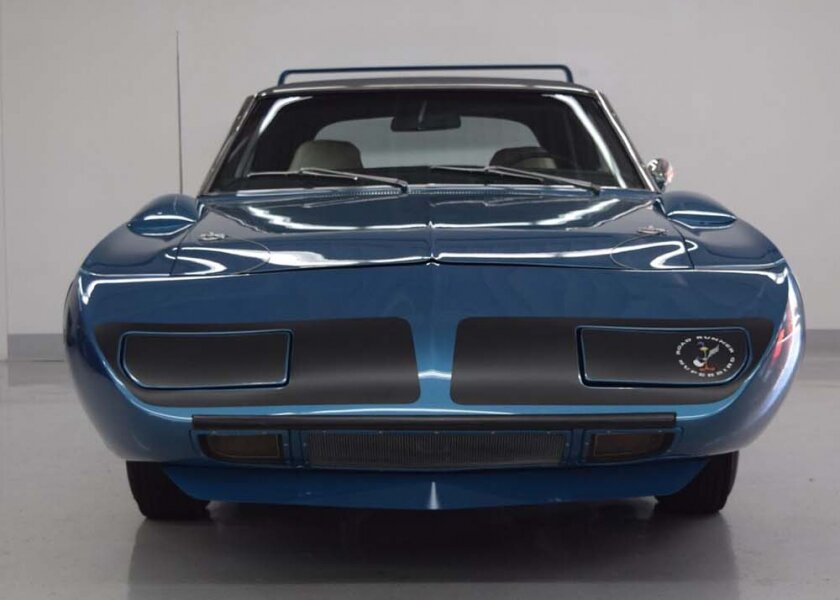
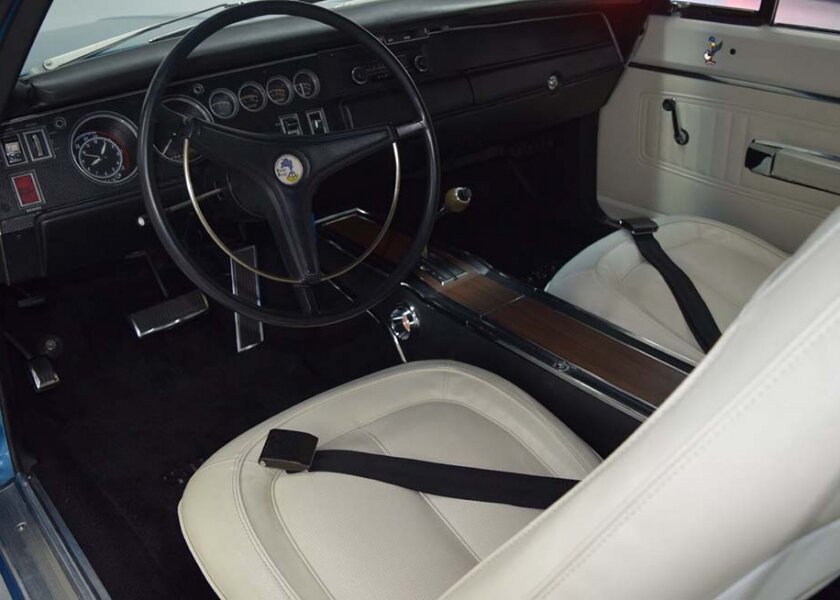
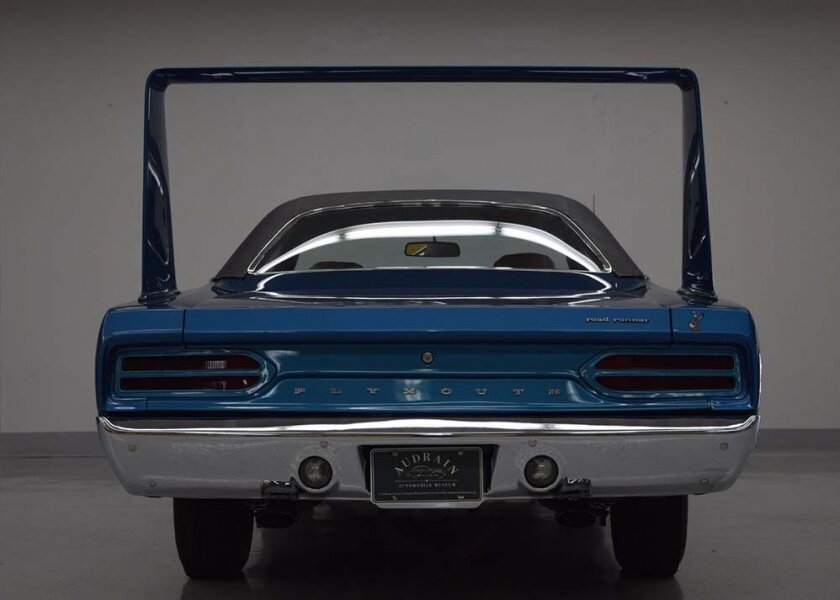


Specifications
Configuration: Longitudinal front engine
Engine: V8
Displacement: 440cid/7.21L
Horsepower: 375hp at 5,000RPM
Transmission: 3-speed Torqueflite automatic
A Little History
The 1970 Plymouth Superbird is widely considered to be one of the first muscle cars to factor aerodynamic bodies into development, as opposed to relying solely on engine power. It was actually offered with three different engine options: a 375hp 440cid with a single, four-barrel carburetor, a 390hp 440cid with a six-barrel carburetor, or the 426cid Hemi. The car was born out of Plymouth’s need to retaliate against the success of Ford, Dodge, and Mercury in the 1969 NASCAR season. It is the suped up version of the Road Runner, Plymouth’s extremely successful intermediate-bodied car first introduced in 1968.
April of 1969 marked the debut of the Dodge Charger Daytona 500, the first NASCAR competitor to break the 200MPH speed barrier. However, the Superbird wasn’t officially released until the 1970 model year and by that time the homologation rules had changed. Plymouth was tasked with selling nearly four times as many models as Dodge had to with their Daytonas. Once they did, the Superbird took complete command of the NASCAR races in 1970. Ironically, Bill France, the man who instigated the homologation rules, also put in place a carburetor restrictor plate rule for Hemi-powered Chrysler vehicles, which resulted in Chrysler abandoning the Superbird less than a year after it was introduced.
Plymouth did succeed in winning back the allegiance of Richard Petty, the NASCAR driver that had jumped ship to drive for Ford after a dismal performance by the Plymouth Road Runner in the 1968 season.
Did You Know?
The air extractor scoops on the hood are completely non-functional. They acted as extra clearance for the huge tires used in racing, but were only for looks in the street version of the car.













